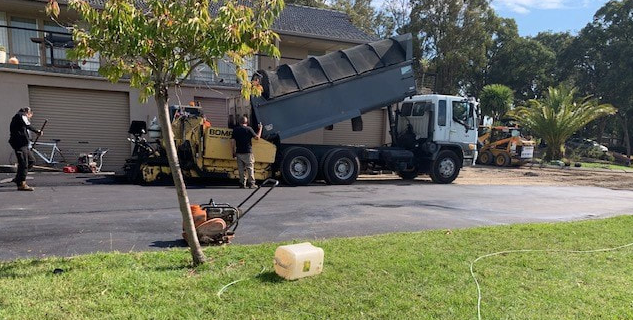Introduction: At Doncaster Road Tech, we understand the critical importance of effective grading techniques in managing erosion and ensuring the longevity of infrastructure and landscapes. Here, we delve into the essential aspects of grading for erosion control, detailing techniques and their significant benefits.
Importance of Erosion Control
Erosion poses a significant threat to landscapes, infrastructure, and the environment. It occurs when soil is displaced by water, wind, or other natural forces, leading to degradation of land, sedimentation in water bodies, and compromised stability of structures.
Techniques for Grading for Erosion Control
1. Contour Grading
Contour grading involves shaping the land to follow natural contours, creating ridges and depressions that slow water flow. This technique helps retain soil and reduce runoff velocity, thereby minimising erosion.
2. Terracing
Terracing is effective on steep slopes where contouring alone may not suffice. It involves creating stepped levels of flat surfaces supported by retaining walls to reduce slope gradients. This controls erosion and provides flat areas for cultivation or other uses.
3. Riprap Installation
Riprap involves placing large, durable stones along slopes and embankments to prevent erosion caused by water flow. The stones dissipate the energy of flowing water, reducing its erosive force and protecting the underlying soil.
4. Silt Fencing
Silt fences are temporary barriers made of porous fabric installed along graded slopes. They trap sediment carried by runoff, allowing water to pass through while retaining soil particles. This prevents sedimentation in water bodies downstream.
Benefits of Effective Grading for Erosion Control
1. Preservation of Soil Quality
Effective grading preserves soil structure and fertility by preventing soil loss through erosion. This is crucial for maintaining productive agricultural land and healthy ecosystems.
2. Infrastructure Protection
Properly graded surfaces protect infrastructure such as roads, buildings, and utilities from damage caused by erosion-induced soil movement and water infiltration.
3. Water Quality Improvement
Grading for erosion control improves water quality in rivers, lakes, and reservoirs by reducing sedimentation and runoff. This is essential for sustaining aquatic habitats and meeting regulatory water quality standards.
4. Enhanced Landscape Aesthetics
Well-maintained grading enhances the visual appeal of landscapes by creating smooth contours and preventing unsightly gullies or bare patches caused by erosion.
Considerations for Effective Grading
- Site Assessment: Conduct a thorough site assessment to determine soil type, slope gradient, and potential erosion factors before implementing grading measures.
- Environmental Regulations: Ensure compliance with local environmental regulations and obtain necessary permits before initiating grading activities, especially in environmentally sensitive areas.
- Maintenance: Regular inspection and maintenance of graded surfaces are essential to ensure their continued effectiveness in erosion control.
Conclusion: Grading for erosion control is fundamental in sustainable land management, offering numerous benefits from soil conservation to infrastructure protection and water quality improvement.
Call us on: 03 9068 7895
Click here to find out more about Doncaster Road Tech
Click here to complete our contact form and see how we can help you with your road needs.

